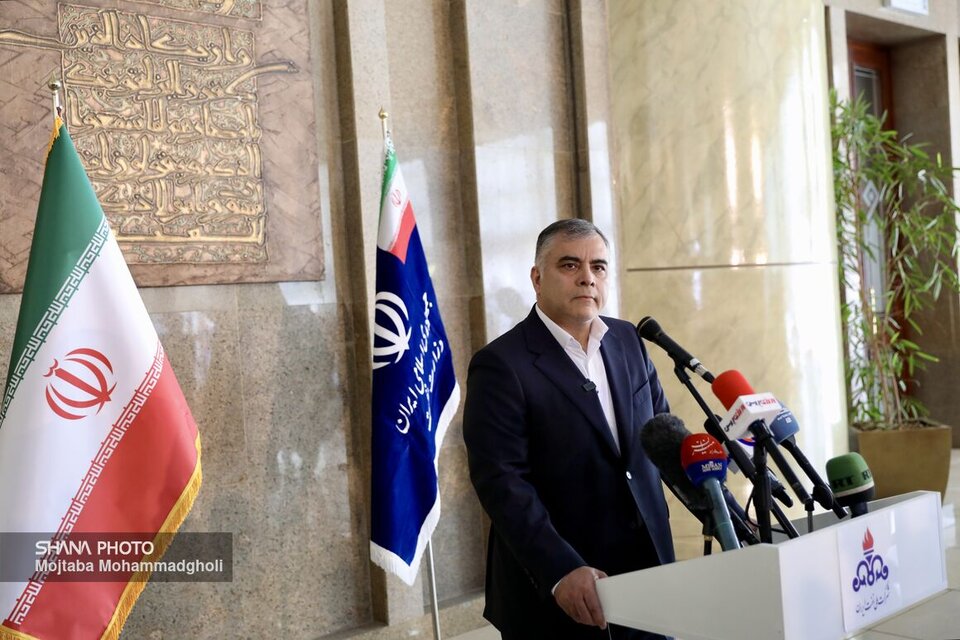Speaking to reporters on the sidelines of the "Transformation in Investment and Development of Iran’s Upstream Oil and Gas" event, Paknejad emphasized that the Oil Ministry has well-defined plans to attract investment for oil and gas projects, whether under sanctions or in the event of international openings.
“Just as we relied on domestic capabilities to plan and act during sanctions, we have also prepared for scenarios where international restrictions ease,” he said. “By God’s grace, the Oil Ministry is fully prepared to leverage the capacity of international companies if such conditions arise.”
Paknejad noted that foreign investment approvals by the Foreign Investment Organization for Iran’s oil sector align with plans to develop oil and gas fields and meet the quantitative goals of the Seventh Development Plan.
“In the oil industry, we focus on two key objectives: offsetting natural production decline and increasing output to meet development targets,” he said. “All approved projects are designed with these goals in mind.”
The minister highlighted the role of the investment event in boosting Iran’s economic diplomacy, citing the participation of foreign ambassadors and major international companies as evidence of Iran’s strategic oil industry appeal.
Post-sanctions oil production boost
When asked about increasing Iran’s oil production capacity after sanctions are lifted, Paknejad said a portion of the country’s crude oil production potential is already available and could be quickly activated if restrictions ease.
“As we saw in 2015 after the JCPOA agreement, we restored oil production to pre-sanctions levels in less than a year. Today, we have the same capability,” he said.
He added that some countries cooperated in Iran’s oil projects even during sanctions, and many companies are now ready to enter the Iranian market. “Iran’s oil and gas industry, with its high investment returns, has always been attractive to international investors.”
Power supply, renewable energy efforts
Responding to questions about the Oil Ministry’s efforts in electricity supply, Paknejad said the ministry has long been a pioneer in building dedicated power plants, including in West Karun and Asaluyeh. Efforts are also underway in renewable energy, such as solar power.
Domestic investment for development projects
On importing advanced technology, Paknejad said Iran would utilize foreign technical expertise if contractual conditions are met. However, he noted that domestic capabilities have significantly improved in recent years, reducing reliance on imports.
“We have always emphasized following the Seventh Development Plan,” he said, citing targets such as reaching 4.58 million barrels per day of crude oil production and 1.34 billion cubic meters per day of natural gas output. Achieving these goals requires investment.
The minister stressed the importance of redirecting domestic capital—often tied up in short-term ventures—toward oil and gas projects. “If we present attractive contract models, we can use these public resources to meet development goals.”
Introducing ‘PetroCrowd’ investment model
Paknejad announced that new financing methods, including “PetroCrowd”—a crowdfunding model for public capital—will be unveiled at the investment event.
“Financial experts believe significant capital exists among the public in various forms. If trust is built that oil industry investments offer strong returns, this capital can benefit both the economy and the people,” he said.
He clarified that such initiatives do not exclude foreign investment. “Alongside these plans, foreign capital and technology remain welcome. We are open to international partnerships.”


Your Comment